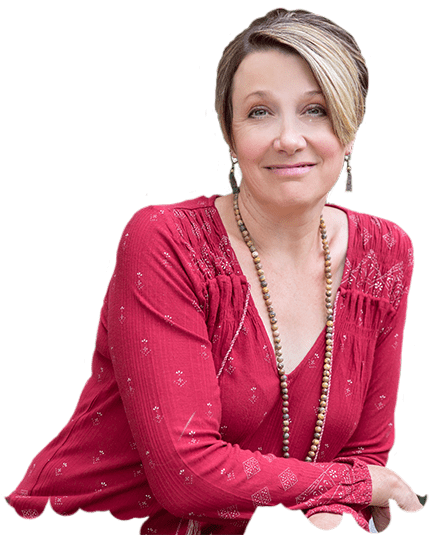
June is National Scoliosis Awareness Month and June 27 is the day. According to the Scoliosis Research Society, the aim of Scoliosis Awareness Month is to “highlight the growing need for education, early detection, and awareness to the public about scoliosis and its prevalence within the community.” Studies show that scoliosis affects between 2-3 percent of the population in the United States. The cause of most scoliosis is unknown, therefore classifying it as Idiopathic.
Adolescent Idiopathic Scoliosis (AIS)
The age of onset for most scoliosis cases is between 8 to 15 years of age in both boys and girls. Girls, however, are more likely to experience curve progression, especially during rapid growth phases and before menses begins. As such, they can require scoliosis intervention, including, but not limited to, specialized exercise/movement programs, bracing or surgery.
Scoliosis Screening
Although Scoliosis cannot be prevented, “early detection is the key” to avoiding bracing and surgery. Children in the United States are typically screened for scoliosis either at their annual checkups or during sports physicals. While some states and school districts require scoliosis screenings at school, unfortunately this is not mandatory in every state.
Most scoliosis screenings are done using what’s known as the Forward Bending Test (The Adams Test). The client is asked to bend at the waist to look for asymmetries (areas that are not even) in the back. Someone presenting with scoliosis will generally have with a hump in their back where the ribs are rotated. A scoliometer is another method used to identify rotation in the trunk. The scoliometer is much like a level. When the scoliometer is run down the spine, the “bubble” in the level will move towards the side of the back that is higher or more rotated.
What Happens Next?
The Adams Test or scoliometer aren’t enough to determine your child’s degree or type of curve. Getting x-rays and having them measured using the Cobb angle will be the next step. Based on the results, recommendations for treatment will be given.
Recommendations Based on Degrees
10-25 Degree: If your child’s curve is mild (10-25 degrees) a common recommendation is to wait and watch, imaging again in 4-6 months to see if the curve develops any further. In my opinion, this is unfortunate, because a curve can progress 2 degrees per month, especially during an active growth phase. If the child had a 16% curve, let’s say, and waits 6 months, they could presumably have a 28 degree curve at the next imaging and be faced with bracing.
26-40 Degree: A moderate curve is considered to be between 26-40 degrees. At this range, bracing is recommended. Braces are big, bulky and uncomfortable devices intended to halt the progression of the curve. They are usually prescribed to wear 16-22 hours a day, meaning the child wears them to school and to sleep.
40+ Degree: This is the severe range, and surgery is recommended.
How Can a Movement Program Help?
While a curve is mild and the child growing is the best time to employ a program of movement and exercise because it is within this time that considerable improvement can be made.
A moderate curve being treated with a brace can benefit from a program, too. A brace works for the outside and the movement program from within, working together to at least stabilize the curve, if not improve it. Clients I’ve worked with have greatly enjoyed our time working together because it allows them movement while out of the brace.
For a severe curve, a movement program can relieve discomfort and pain, both before and after surgery.
Scoliosomatics™
Scoliosomatics™ is my yoga therapy program developed for Adolescent Idiopathic Scoliosis. Using systematic methods designed to strengthen, stabilize and support, to prevent the curve from progressing and to effect improvement on all levels of being.



